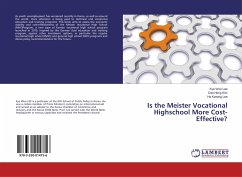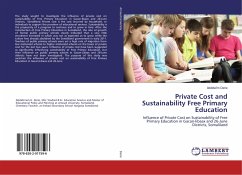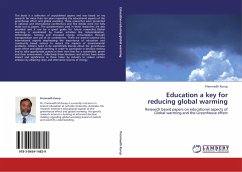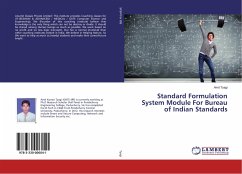
Cost Effective Measures for Reducing Operational Costs of Education
Versandkostenfrei!
Versandfertig in 6-10 Tagen
28,99 €
inkl. MwSt.

PAYBACK Punkte
14 °P sammeln!
Cost effectiveness analysis compares the cost of providing services with the outcomes obtained. Hence the relative importance of improved performance in national examinations versus improved access to secondary education in Kenya is an issue of the most cost effective way of achieving this level of education. This calls for improved internal efficiency in the delivery of education that would result in a reduction of costs of education in the schools. This study set out to establish which costs have little impact on performance and therefore require reduction or removal. The results of the stud...
Cost effectiveness analysis compares the cost of providing services with the outcomes obtained. Hence the relative importance of improved performance in national examinations versus improved access to secondary education in Kenya is an issue of the most cost effective way of achieving this level of education. This calls for improved internal efficiency in the delivery of education that would result in a reduction of costs of education in the schools. This study set out to establish which costs have little impact on performance and therefore require reduction or removal. The results of the study indicated that the average class and school sizes were below the government's recommendation and that there was extra space that would increase enrollment by 31.9% if filled up. All the six independent variables were determinants of learner enrollment and accounted for 63.7% of the variability of learner enrollment. There was excess income above expenditure implying that schools collected more money than they actually needed for their operations. Hence the need to reduce fees by cutting down on unnecessary costs such as expenditure on supplementary services.












